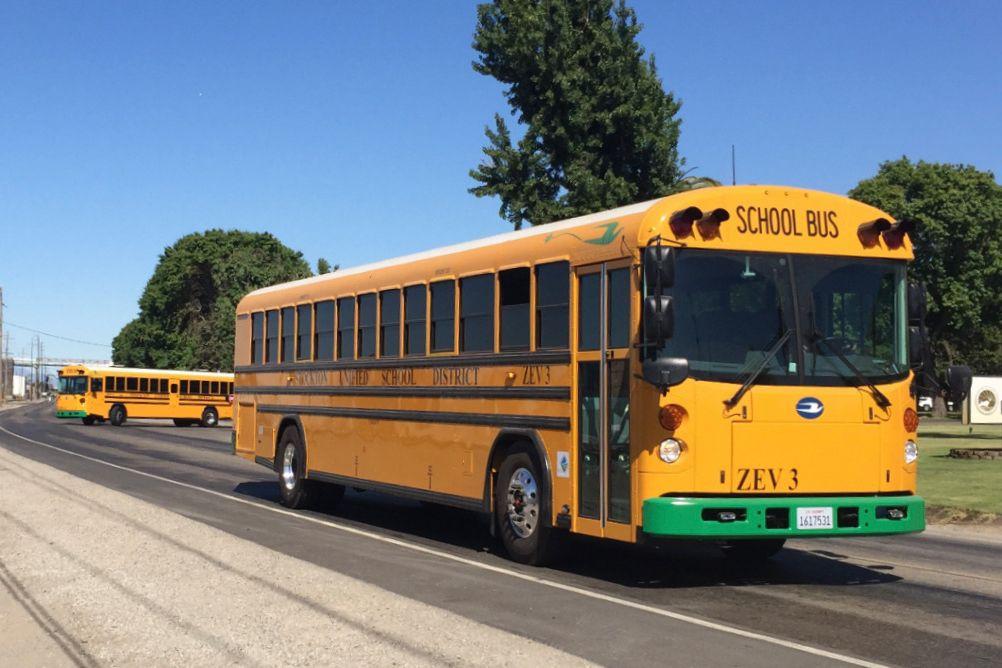Through a newly-announced Clean School Bus Program, the EPA will provide $5 billion over the next five years to U.S. schools seeking a sustainability upgrade. The first round of funding is designed as a simple rebate application: school districts simply list the diesel buses in their current fleet (including model years and VINs) that they want to replace, and grant winners will be selected through a lottery system. One important note to the program is that priority will be given to districts serving low-income communities – and, these qualifying districts will receive higher amounts of funding.
Why EPA is prioritizing low-income districts
Unfortunately, the burden of air pollution is not distributed equally, and low-income communities are often disproportionately affected by higher concentrations of air pollution. Low-income communities also see greater numbers of children riding school buses each day. According to the Bureau of Transportation Statistics, 20 percent of low-income families are without cars, and 70 percent of children from these families rely on the bus to get to school. This makes the percentage of students who rely on school buses 15 percent higher among those from low-income households. School buses, though critical to the education and success of today’s youth, expose children to toxic air pollution inside the bus that leads to asthma, cancer, and other lung and cardiovascular diseases. Studies reported by the Environmental Defense show average exposures to PM2.5 – a pervasive combustion emission air pollutant – on diesel school buses were five to six times greater than ambient levels. Exposures to PM2.5, as well as PM1.0 and black carbon, were found to be roughly three times higher during bus rides than during the average walking commute. Increasing the number of electric school buses on the road is the first step in realizing cleaner air quality, but ensuring those buses are in places where they will have the biggest impact is key.
Small change, big community impact
While upfront costs of electric buses are inching closer to the price of traditional diesel buses, the investment still exceeds the tight budget of many school districts. Thanks to this EPA funding, electric school buses are now in reach, especially for low-income districts, and come with wide-reaching community impacts. Transitioning to electric buses can reduce operating expenses for these schools between $4,000 to $11,000 per bus per year on fuel and maintenance costs. These savings can then go back into supporting the district’s students and faculty. Families living in these communities also benefit, as a single electric bus can reduce community healthcare costs by $150,000 per year.
Let us help!
Want to learn more about the grant opportunities available through the EPA? The Mobility House has extensive experience working with school districts to navigate government funding for electric buses, charging infrastructure, and energy management. The Mobility House recently helped Ocean View School District in California leverage state and local funding to develop smart charging strategies that will save the district tens of thousands of dollars in the coming years in charging costs. Stockton Unified School District also partnered with The Mobility House after receiving state funding and is projected to save $500,000 over five years on their electricity bill. Get full details about the EPA’s new Clean School Bus Program here, and schedule a free consultation with The Mobility House to scope your electric school bus project. Schedule a consultation
